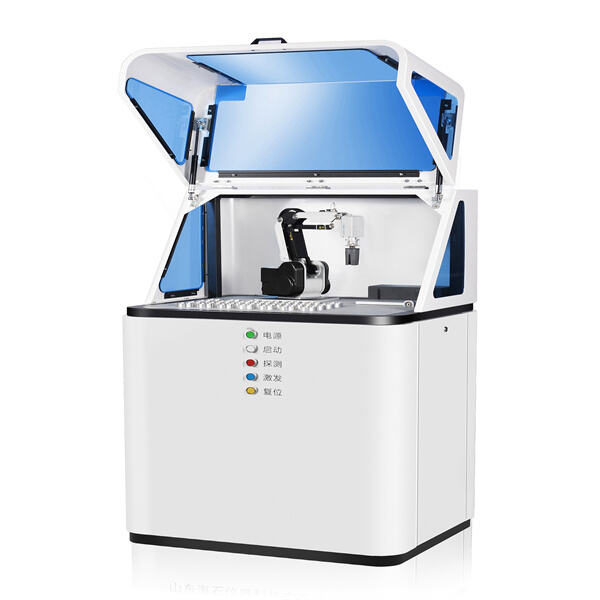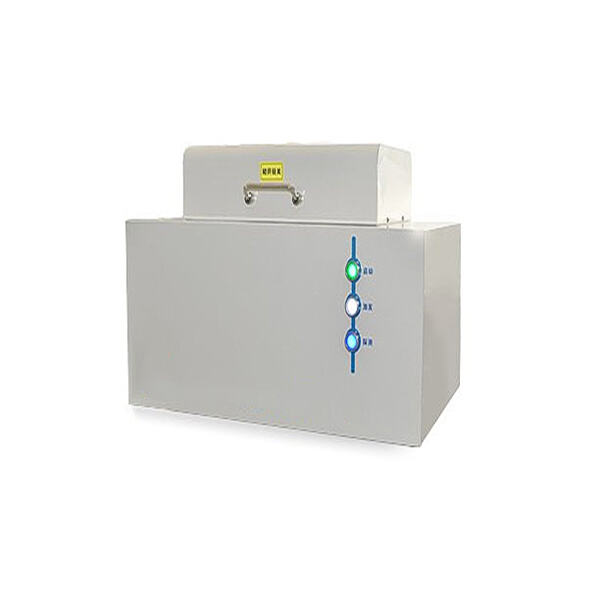Ever heard of XRF analysis? It is an awesome way of doing science that allows us to determine the composition of various substances. X-ray fluorescence — abbreviated as XRF. This unique technique reveals the response of different materials when they are exposed to X-rays. XRF analysis can be used on a wide range of objects, from everyday rocks to historical remains that help us discover more about how the world and its inhabitants once were. Exciting to think about how this (science) can help us be understand the nature.
The advantage ofXRF analysis is that it will not damage the sample material. This is really important, particularly when we are dealing with objects of value or historic artifacts that we want to safeguard for future generations to enjoy and learn from. This new technique allows scientists to examine and sample these vital relics of history without destroying them.
That said, there are restrictions with XRF analysis that scientists should acknowledge. For instance, it can only identify elements present in specific quantities. In case an element is too small, it might not be able to search for XRF. It is also not very effective at identifying relatively light elements, such as carbon or oxygen. Due to these restrictions, it is critical for scientists to think about when and how XRF analysis provides the greatest results.
XRF spectroscopy is commonly used to examine rocks and minerals. The study of the chemical composition of various rocks reveals significant information regarding our planet's past. This includes knowing how the world changed throughout historical period and what processes been around causing wear on its surface. How cool is it that we can learn about the history of our Earth just by looking at rocks?

Metals can be identified especially well through XRF analysis. Many of the products we encounter in every day life, from automobiles and aeroplanes to computers contain metals. The chemical composition of these metals helps scientists in estimating their quality and purity. This makes sure that the metals are not harmful in any way when being used in products we depend on. And these products need to be durable, and safe!

Another key domain where XRF allows excellent support is forensics. Scientists in this field study microscopic particles of material found on personal clothes or evidence. They can tell from these trace elements where a person might have been or what they might have touched. This can be vital for crime solving and in understanding things that have happened.

In addition, analysis by XRF is an important tool in the field of archaeology. Studying the chemical makeup of old objects can reveal more about cultural history to researchers. This includes how these cultures interacted with their environment and what materials they used. Utilizing these artifacts will enable us to learn more about people from yesteryears and how they influenced the world in which we live today.
We are very proud of our top-quality equipment because we have not only experienced application engineers, but also design engineers who are attentive to the smallest details and xrf analysis. With rich high-temperature testing experience we can supply custom thermal testing instruments for individual projects; provide users with high-temperature test technology, consultation and sample testing services; providing comprehensive and complete laboratory solutions.
With a xrf analysis RD investment, technological development and improvement in product quality the company has continuously obtained ISO9001, CE, SGS and various other certifications. The company also holds a CMC national measuring instrument production licenses for the refractory industry, with its own intellectual property rights, and more than 50 patents for inventions in the national market as well as utility model patents.
Our products are xrf analysis used in the metallurgy and ceramics industries, as well as building machines, chemicals, building materials and various other composite materials industries. Through international transport, the main institutions of the company along with national quality control agencies and scientific research centers and refractory materials and other production units and steel units are exported to countries and areas in Asia, Europe and Middle East. Transport methods: We provide sea transportation, air transport, express delivery and rail transportation.
The most popular products of the company xrf analysis medium and high-temperature heating furnaces including sample prep equipment high-temperature heating equipment furnace linings and computer control systems laboratory chemical reagents such as